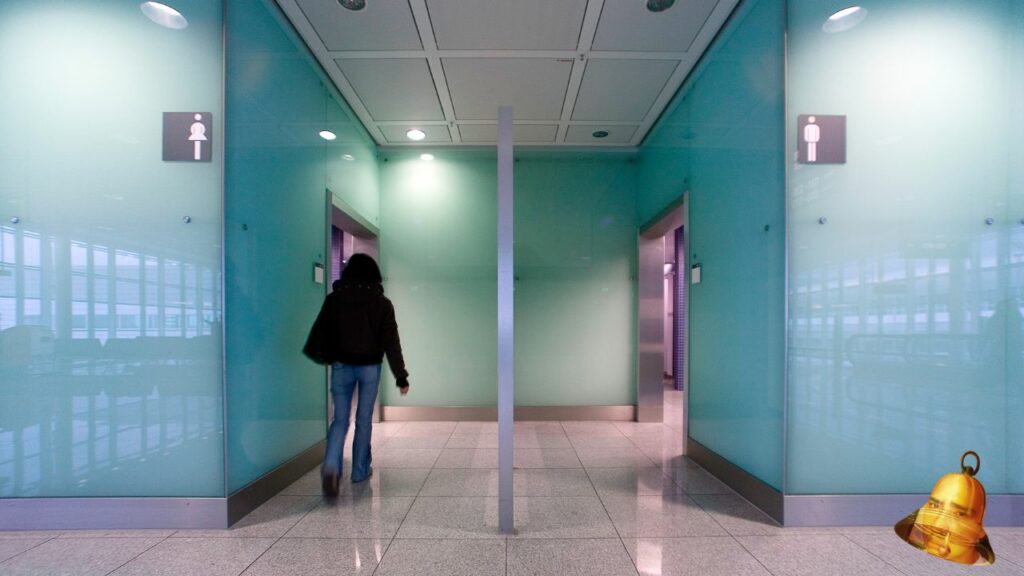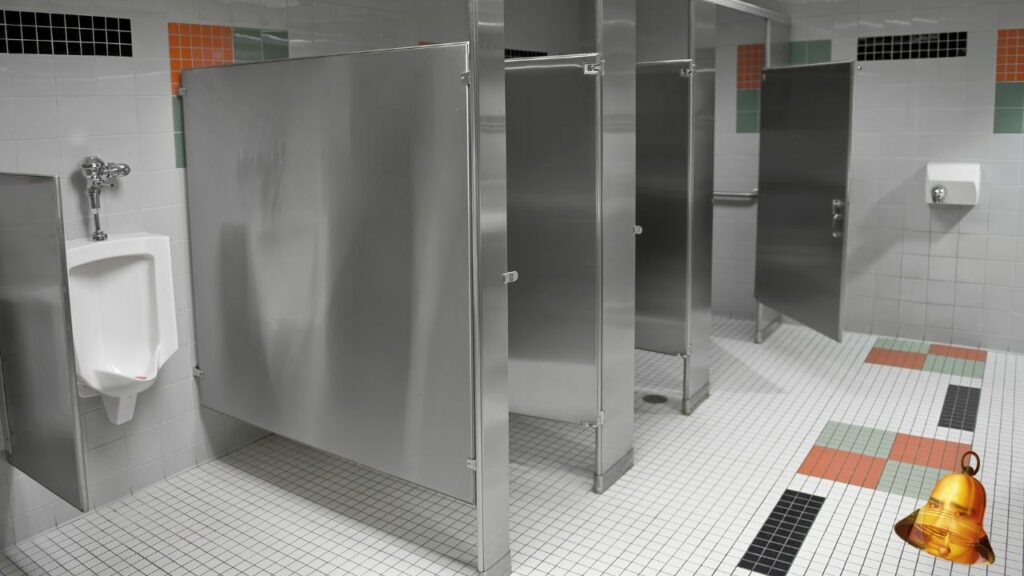When visiting a public restroom, you may have noticed a gap at the bottom of the stall door. This gap, which often seems awkward and uncomfortable, actually serves a number of important purposes. In this article, we will explore why public restrooms are designed with a gap at the bottom of the door and the benefits it offers to both users and facility managers.
Security and Safety
One of the main reasons for having a gap at the bottom of a public toilet door is to increase the safety and security of the user. This gap allows people outside the stall to see if there is a problem inside, such as someone who has fainted or is having difficulty. With the gap, others can quickly detect signs of trouble and provide the necessary assistance.
Ventilation and Air Circulation

The gap at the bottom of the toilet door also serves to improve ventilation and air circulation. Public toilets are often humid and lack fresh air. With the gap, air can flow in and out of the cubicle more easily, reducing unpleasant odors and increasing user comfort. Good air circulation also helps reduce the risk of bacterial and fungal growth in the cubicle.
Cleanliness and Maintenance

The gap at the bottom of the public toilet door also makes cleaning and maintenance easier. Cleaners can easily see if there is dirt or trash inside the stall without having to open the door. This allows them to quickly clean and ensure the overall cleanliness of the facility. In addition, this gap also makes it easier to clean the toilet floor with longer cleaning tools.
Efficiency and Cost

Public restrooms are designed with efficiency and cost in mind. Doors with a gap at the bottom use less material than full doors, reducing production and installation costs. Additionally, doors with a gap are easier and cheaper to replace or repair if damaged. In the long run, this helps save on maintenance costs for the facility.
Avoidance of Misuse of Facilities

The gap at the bottom of the public toilet door also serves to prevent misuse of the facility. With the gap, users tend to feel more watched and less comfortable doing inappropriate actions, such as smoking, vandalism, or drug abuse. The presence of this gap helps maintain order and comfort for all users.
Privacy and Ethics

While the gap at the bottom of public restroom doors has many benefits, it also raises some privacy concerns. Some people may find the gap uncomfortable because it can reduce the level of privacy when using the toilet. However, it is important to remember that the main purpose of the gap is to increase safety and comfort for all users.
Public Toilet Design Alternatives

Some places have tried alternative public restroom designs that eliminate the gap at the bottom of the door to increase user privacy. For example, some facilities use full doors that reach the floor, or doors with smaller gaps. However, these alternative designs often cost more and require more maintenance.
Conclusion
The gap at the bottom of a public toilet door may seem simple, but it serves a variety of important purposes related to safety, ventilation, cleanliness, efficiency, and the avoidance of misuse of the facility. While it may reduce the level of privacy, the benefits offered by this gap are far greater and contribute to the overall comfort and safety of the user.
With a better understanding of the reasons behind this design, we can better appreciate the efforts of designers and facility managers in creating a safer, cleaner, and more efficient public restroom environment. Hopefully, this article has provided some useful insight and answered your question about why do public restrooms have a gap at the bottom of the door.


